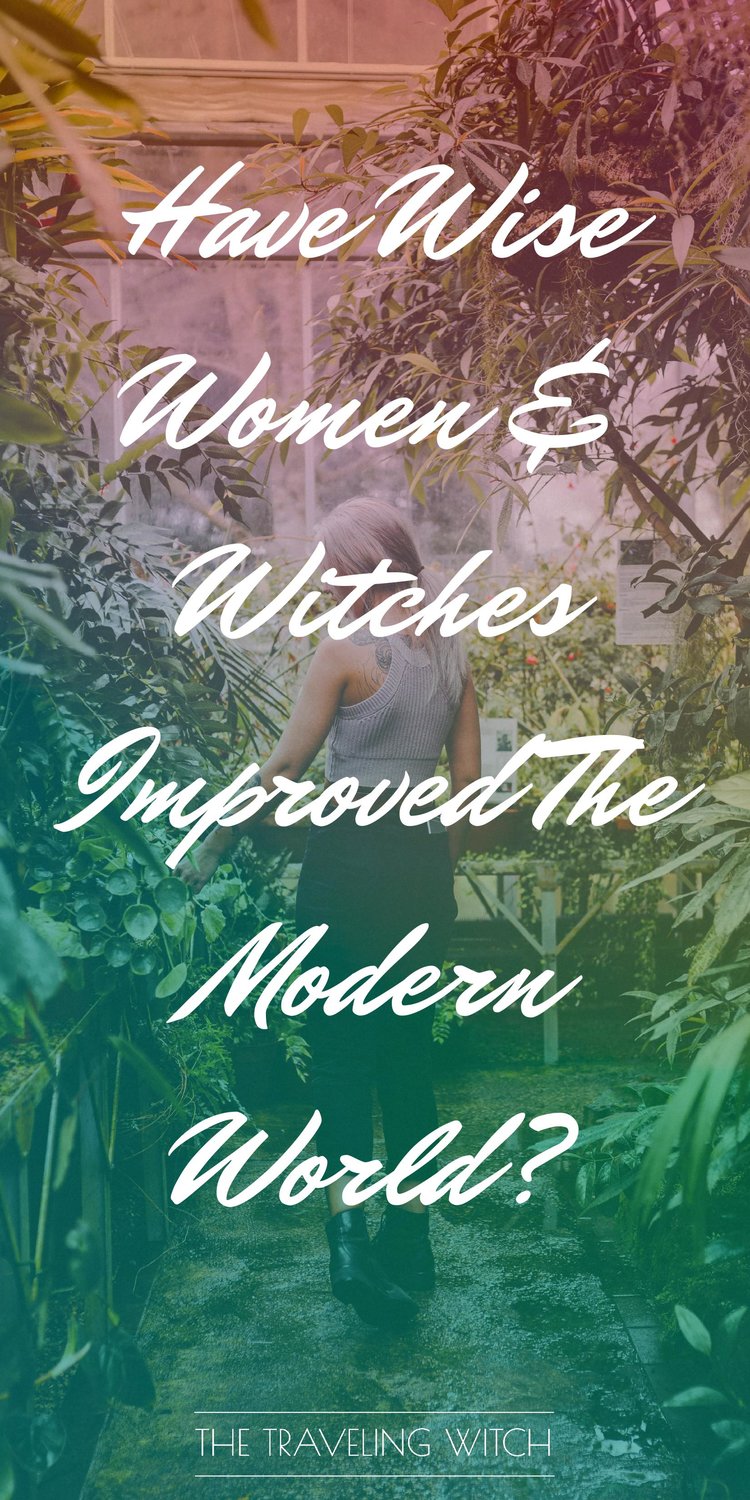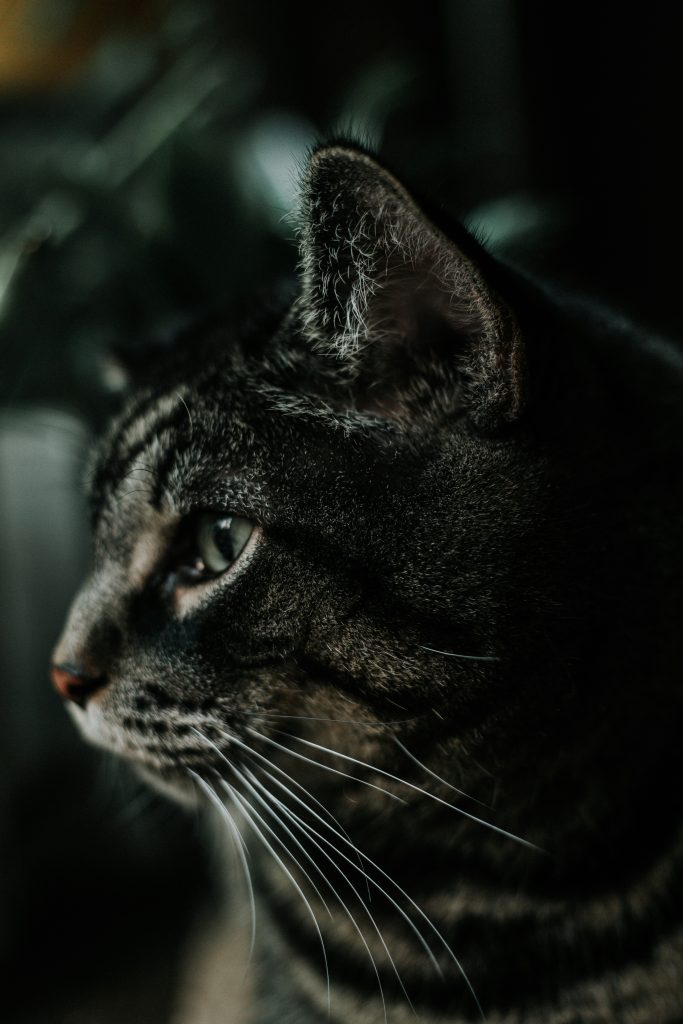There’s an old riddle which starts, “A boy and his father are in a car accident, the boy’s father dies and the boy is taken to the hospital where the doctor declares, ‘I cannot operate on this boy, he’s my son.’” The riddler then asked how that is possible. It took some people a few minutes to realize that the doctor must be the boy’s mother. It’s not much of a riddle when you think about it, but the idea of a woman being a doctor was apparently unusual enough that it stumped people.

Nowadays, a female doctor is hardly a curiosity, but not so long ago they were rare. That’s not to say women didn’t have a place in medicine. Women excelled as nurses and have been serving as midwives for hundreds, if not thousands, of years. Though today women have forged a path into the highest echelons of medicine, it has come at a high price and it owes some debt to witchcraft.
In Europe, during the Middle Ages, local healers were often women. These “wise-women” were vital and respected in their local villages, and they provided other magical services, such as non-medical spells and divination in addition to their healing. Generations of women had passed down knowledge of herbs and plants which could be used in tinctures, salves, and potions made in cauldrons, then given to the injured and ill. These women had ancient knowledge of how to gather certain plants, when they were most potent, citing exceptionally magical dates and times, and might have included a fair bit of magical practice into their brews to ensure success — such as lighting candles, casting spells, and invoking spiritual assistance. Their practice did not wholly exclude the church, either. Special instructions for praying to certain saints and using holy water were given to patients as well.
As the new thinking of the Renaissance began to take hold, though, these women became a problem for the medical establishment, which was working to formalize and regulate the practice of medicine. Naturally, women were shut out of becoming university-trained, sanctioned physicians. Women who continued to practice healing locally were now treated with suspicion and often brought up on charges of witchcraft and sorcery, especially if the patient didn’t get better. Midwives were in particular danger, given the high infant mortality rate. If a baby or mother didn’t survive labor, which was not uncommon, a midwife could expect a trial and risked being executed as a witch who had intended to kill her patient. The prevailing sentiment about practitioners of medicine was that those who knew how to heal must also know how to kill.
Whether these women saw their herbal healing as witchcraft was beside the point in the eyes of the church. By turning to nature for healing instead of divine intervention from God, they were automatically evil sorcerers and heretics. Women were seen as being particularly susceptible to the Devil’s influence anyway, and any healing work they were doing outside of the church’s supervision was, therefore, the work of the Devil. Of course.
Despite the demonization of these wise-women and their witchcraft, their knowledge of plants and herbs has proven beneficial to modern medicine. In the 1700s, a Scottish physician failed to treat a patient with “dropsy” (swelling of the limbs associated with heart failure). The patient then visited a local woman healer, was given a mix of herbs, and was cured. The physician sought out this woman and learned her pharmacological secrets. She had included in her prescription a blend of foxglove. The physician conducted his own experiments with foxglove and today is credited with “pioneering” the use of digitalis, a chemical isolated from foxglove, to treat heart conditions.
Mandrake, deadly nightshade, hyoscine, henbane, nettles, thistle, and monkshood were also customary herbs in witches’ healing brews. Hyoscine was commonly known to induce topical anesthesia and in higher doses, was a hallucinogenic. Today hyoscine is also known as scopolamine, an anti-nausea and motion sickness medication. Mandrake, deadly nightshade and henbane are also sedatives and relieve pain and swelling. Deadly nightshade, or belladonna, is used today as well as a muscle relaxant, antidote to some insecticides, and to dilate pupils for an eye exam. Nettles, monkshood, and thistle are still used in traditional herbal medicine for a variety of maladies. Common household herbs such as garlic were staples in a wise woman’s pharmaceutical brews and today the garlic compound ajoene is used in blood clot prevention.
Quite a bit of magical healing centered around women’s reproductive health and fertility. Aphrodisiacs or love potions were sought after in hopes of receiving the blessing of a healthy pregnancy and baby. Wise-women provided herbal medicines like mugwort to ease the pain of menstrual cramps and birth, and for abortifacients, if need be.
The healing witchcraft of wise-women predates any formalized medicine. Though these women were ultimately vilified by the establishment and the church, their healing brought relief to their communities for centuries. Their invaluable knowledge of herbs was a significant factor, but in addition, their holistic approach brought comfort and reassurance to their patients. The wise-women offered ritual, spiritual guidance, and a nod to the divine in their practice and they ingeniously managed to strike a balance between healing the mind, body, and spirit.
Modern Wise Women
When I was in the hospital, I saw three doctors for about 5 seconds each. My nurses, however, sat up with me through the night, calmed me, talked with me about my health concerns, and made this terrifying ordeal something very manageable. When I left the hospital, one nurse, in particular, told me that everything was going to be okay and if anything went wrong, to come back and see them — “we’re right down the road, honey.”
I know doctors are busy, but nurses are busier, and I can’t help but wonder if this more hands-on approach doesn’t harken back to the wise-women and their style of treating scared and sick people. The extra time and care nurses devote to their patients may be exactly what pulls patients through. There is a reason many women still prefer using midwives and delivering their babies at home versus going to the hospital. In fact, there was a recent spike in the number of women saying no to the clinical setting and opting for a more intimate birth experience.
Today, holistic herbs and supplements are often treated with disdain by medical doctors, and patients who seek out alternative treatments to their medical problems are often scolded by healthcare professionals when they come in for exams or consultations. It seems old habits die hard. I had one doctor tell me point blank not to rely on vitamins or natural supplements, though I never mentioned taking any and was following his orders to the letter. Whether or not supplements work is hotly debated, but the idea of using plants and herbs to heal yourself — or even just enhance your health — has its origins in witchcraft and has definitely survived to the modern age.
A Prayer Of Gratitude For The Wise Women
Since we owe so much to the witches of the past, who were persecuted in horrible ways simply for practicing their craft, I thought it would be nice to offer up a little prayer as a thank you for all they’ve passed on. You can perform this ritual whenever you or a loved one are ill, just to ask for some extra support from the witches who paved the way or just because you want to express your gratitude to them.
What you will need:
- Five white tea lights or candles
- Blessed water
- A piece of paper and pen
- A fire-safe dish
Cleanse your work area. Arrange your candles into a cross configuration, with all four tea lights an equal distance from one in the middle. Light the candles, focus on why you’re thankful, and mentally send this gratitude to the witches of the past you’d like to honor.
On the piece of paper, write this simple prayer:
“History forgets, but we do not,
Warm herbs and soft candlelight,
We follow footprints through well-worn trails,
Healing hands and gentle hearts.
And without them, who are we?
Without their pages, who are we?
Blind and lost in the dark.
But they were wise and left us seeds to follow.
This is our prayer of gratitude,
For the ones that drew the map.
We stand in your cool shadows and raise our hands,
To the healer witch.”
Fold the paper into fourths, and place a corner to the flame of the center candle. Drop the prayer into the fire-safe dish and let it burn completely. As it burns, hold your hand’s palm up. Once the prayer is ash, add it to your blessed water and stir sunwise. Take this bowl outside and empty it at the base of an old or favorite tree. Say a quiet thank you.
It’s hard to determine all the contributions witchcraft has made to modern medicine and science because often credit simply wasn’t given to a witch. However, it’s undeniable that modern healers owe a debt to the wise-women who patiently walked out into the forest in the middle of the night to gather herbs, learned exactly how to prepare them, and administered them to patients — with their only intention being to help those in need.
Note: None of the information presented here is intended to treat or diagnose any illness. Herbal medicine should be given due caution and properly trained herbalists and doctors should always be consulted when intending to use herbs for health purposes.
Struggling with your magic?
Take the Quiz to Discover Your #1 Witchcraft Obstacle

Updated on August 20, 2023 by Avery Hart



